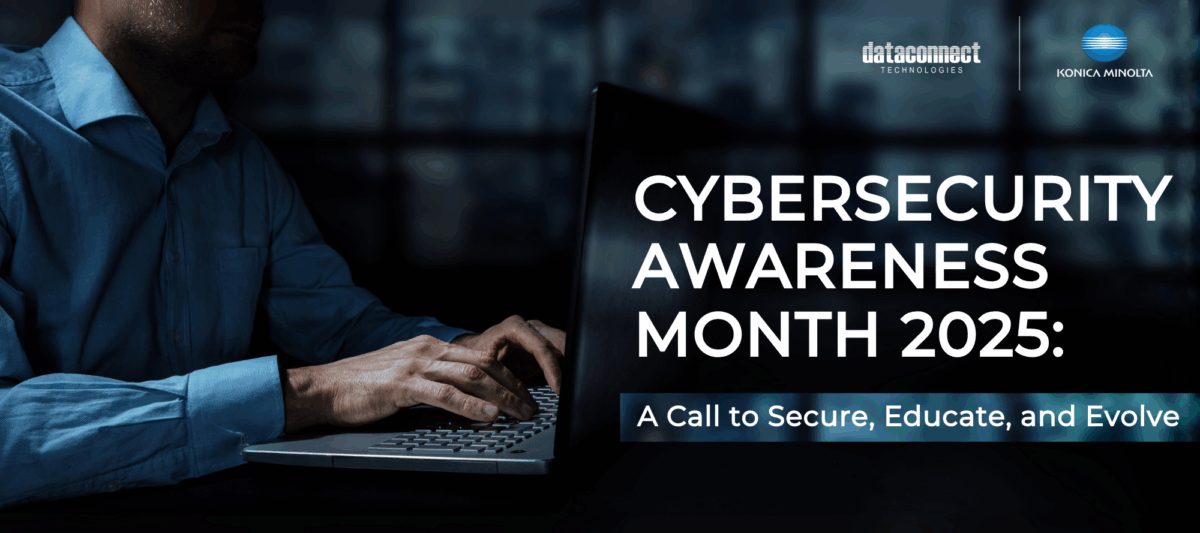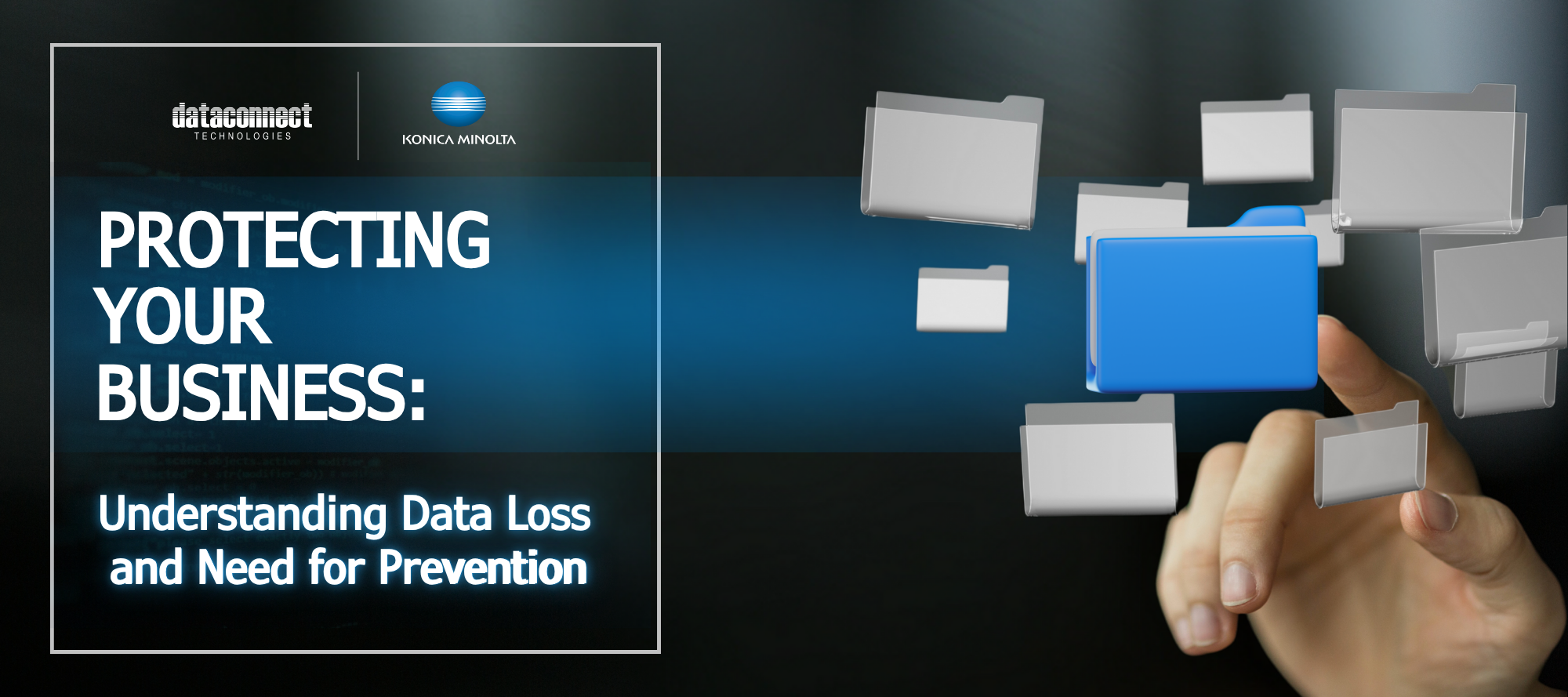Every October, Cybersecurity Awareness Month serves as a global reminder of just how quickly the digital world changes and how important it is to keep pace with it. Businesses and individuals worldwide join forces to strengthen their digital defenses during Cybersecurity Awareness Month.
This campaign promotes safe online practices and reminds both individuals and businesses that strong cybersecurity isn’t just an IT department responsibility—it’s everyone’s concern. In this blog, you’ll learn about the history of cybersecurity awareness and practical tips you can implement to stay safe in the digital world.
The History of Cybersecurity Awareness Month
Cybersecurity Awareness Month began in 2004 as a joint initiative between the U.S. Department of Homeland Security and the National Cyber Security Alliance. Initially focused on basic computer security practices, the campaign has evolved significantly to address modern threats that didn’t exist a few decades ago, such as ransomware and phishing.
What started as a primarily U.S.-focused effort has grown into a global movement, with organizations worldwide participating in educational initiatives, training programs, and awareness campaigns throughout October.
The Purpose and Goals of the Campaign
Cybersecurity Awareness Month aims to educate users about online safety and data protection across both personal and workplace environments. Human error remains one of the weakest links in cybersecurity, linked to 95% of successful cyber attacks—which is why the campaign emphasizes awareness on an individual level.
This approach acknowledges our increasing digital dependence and the reality that everyone—from CEOs to entry-level employees—plays a crucial role in organizational cybersecurity. Rather than overwhelming people with technical jargon, the initiative focuses on empowering individuals with practical knowledge and skills they can apply immediately to improve security posture.
Cybersecurity Tips for Businesses
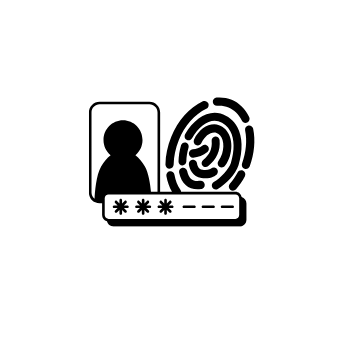
Implement Multi-Factor Authentication (MFA)
across all business systems. This simple step dramatically reduces the risk of unauthorized access, even if passwords are compromised.
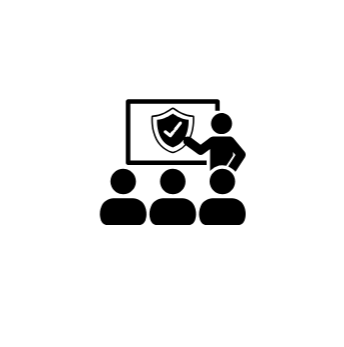
Train employees to spot phishing attempts
through regular simulations and education programs. Since phishing remains the most common attack vector, employee awareness serves as your first line of defense.

Keep systems and software up to date
with automatic updates enabled whenever possible. Cybercriminals frequently exploit known vulnerabilities in outdated software.
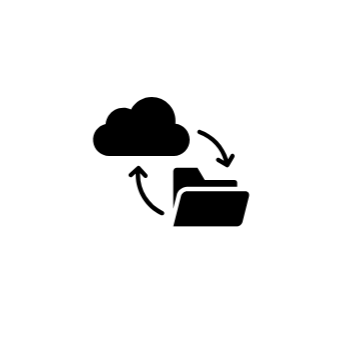
Back up data regularly and securely
using the 3-2-1 rule: maintain three copies of critical data, store them on two different media types, and keep one copy offsite or in the cloud.

Conducting an Internal Security Audit
organizing comprehensive staff training sessions. These activities not only strengthen your defenses but also demonstrate your commitment to cybersecurity throughout your organization.
Why Cybersecurity Awareness Should Last All Year
While Cybersecurity Awareness Month provides valuable focus and momentum, effective cybersecurity requires year-round attention. Cyber threats don’t take breaks, and neither should your vigilance. Regular security training, consistent software updates, and ongoing awareness initiatives help maintain strong defenses throughout the year.
Encourage your team to stay informed about emerging threats and evolving best practices. Subscribe to cybersecurity newsletters, participate in industry forums, and make security discussions a regular part of team meetings. This continuous approach ensures that cybersecurity remains a priority long after October ends.

Strategies to Prevent Phishing, Spam, and Malware
Cyber security awareness starts with knowing what you are defending against. Digital threats take many forms, but three of the most common: phishing, spam, and malware remain persistent and dangerous. Each works differently, yet all share the same goal: exploiting people and systems for profit. By learning how they operate, professionals, business leaders, and students can better recognize early warning signs and respond before damage occurs.
Phishing is a deceptive attempt to trick individuals into revealing confidential information such as usernames, passwords, or financial details. Attackers usually disguise themselves as trusted sources like banks, government agencies, or even colleagues. They rely on urgency, fear, or curiosity to push the victim into acting quickly without thinking.
Key signs of phishing include:
- Emails or messages with suspicious links or attachments.
- Requests for sensitive information that legitimate organizations would never ask by email.
- Poor grammar or odd formatting, though attackers are getting more sophisticated.
For businesses, phishing can compromise entire networks if one employee’s credentials are stolen. For students, a single click could mean losing access to important academic files or exposing personal data.
In the Singapore Cyber Landscape 2023 stated around 4,100 attempts were reported to CSA in 2023, a 52% decline from the 8,500 cases observed in 2022. Despite the decline, the number of reported phishing cases remains high (approximately 30% higher than 2021).
Spam refers to unwanted and unsolicited digital messages, most often sent via email but also through social platforms or messaging apps. While some spam is just advertising, other forms are dangerous designed to trick recipients into clicking malicious links or downloading harmful files.
Why spam matters:
- It consumes time and productivity in workplaces.
- It clutters inboxes, making genuine communication harder to manage.
- It often serves as a gateway to phishing and malware attacks.
Professionals in Singapore report spending an average of 30 hours per year dealing with spam emails, according to regional IT studies. While that may sound like a nuisance more than a threat, the real risk comes when spam messages are designed to look legitimate. A single wrong click can lead to data leaks or system compromise.
Malware short for “malicious software” is any software created to disrupt, damage, or gain unauthorized access to systems. It comes in many forms, including viruses, worms, ransomware, and spyware. Each type has its own method of attack, but the consequences are often severe.
Common types of malwares include:
- Viruses: Infect files and spread when those files are shared.
- Ransomware: Locks data or systems until a ransom is paid.
- Spyware: Secretly collects user data without consent.
- Trojans: Appear as useful programs but deliver harmful payloads.

Impact of Phishing, Spam, and Malware on Businesses and Individuals
Digital threats are not just an IT issue; they affect every layer of society. For businesses, the risks are financial, operational, and reputational. A single phishing email that compromises executive credentials can lead to fraudulent transactions or leaked confidential data. Spam campaigns, while often dismissed as minor, reduce employee productivity and sometimes carry hidden malware payloads. Malware itself can cripple operations, leading to downtime, ransom payments, or regulatory fines.
For individuals, especially working adults and university students, the stakes are also high. Phishing emails may target bank accounts or social media profiles, while malware infections can wipe out research projects, personal documents, or financial records. Spam, meanwhile, creates confusion that makes it easier for a fraudulent message to blend in.
In Singapore, the Cyber Security Agency reported over 8,500 phishing cases in 2023, many involving spoofed government or delivery service sites. Globally, the average cost of a data breach reached (IBM Security). These figures highlight that both organizations and individuals remain prime targets.
Essential Strategies to Prevent Phishing
Phishing remains one of the most damaging forms of attack because it targets human behavior, not just technology. Preventing it requires both awareness and the right safeguards.
Practical steps include:
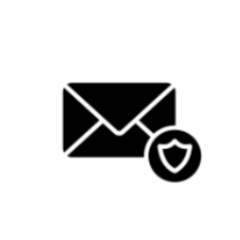
Use secure email gateways. Modern filters block many phishing attempts before they reach inboxes.

Enable multi-factor authentication (MFA). Even if attackers steal a password, MFA adds another layer of protection.

Check the sender carefully. Hover over email addresses and links before clicking. A small misspelling or unusual domain is a common red flag.
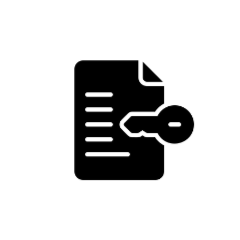
Avoid sharing credentials by email. Legitimate organizations will never request passwords or sensitive data through unsecured messages.

Train regularly. Employees and students benefit from short, scenario-based training sessions that show how phishing attempts work.
Phishing, spam, and malware remain some of the most common digital threats in Singapore and across the Asia-Pacific region. Their impact reaches beyond IT teams, affecting businesses, working adults, and students alike.
The good news is that prevention is within reach. Simple habits like verifying emails, using strong authentication, keeping software updated, and backing up data provide strong protection. When combined with a culture of cyber security awareness and support from trusted IT service providers, the risks are significantly reduced.

Cybersecurity Awareness Month serves as an important reminder that protecting your digital assets requires ongoing commitment and professional expertise. While awareness and education form the foundation of good cybersecurity, businesses also need to act and implement comprehensive security solutions.
Complete Technology specializes in providing business-grade cybersecurity solutions that protect your operations while fitting within your budget. From proactive monitoring and incident response to regulatory compliance and employee training, we offer the expertise and support you need to secure your business year-round.
This year, take the next step with Cybersecurity Awareness Month — to learn how our comprehensive cybersecurity services can protect your business.


